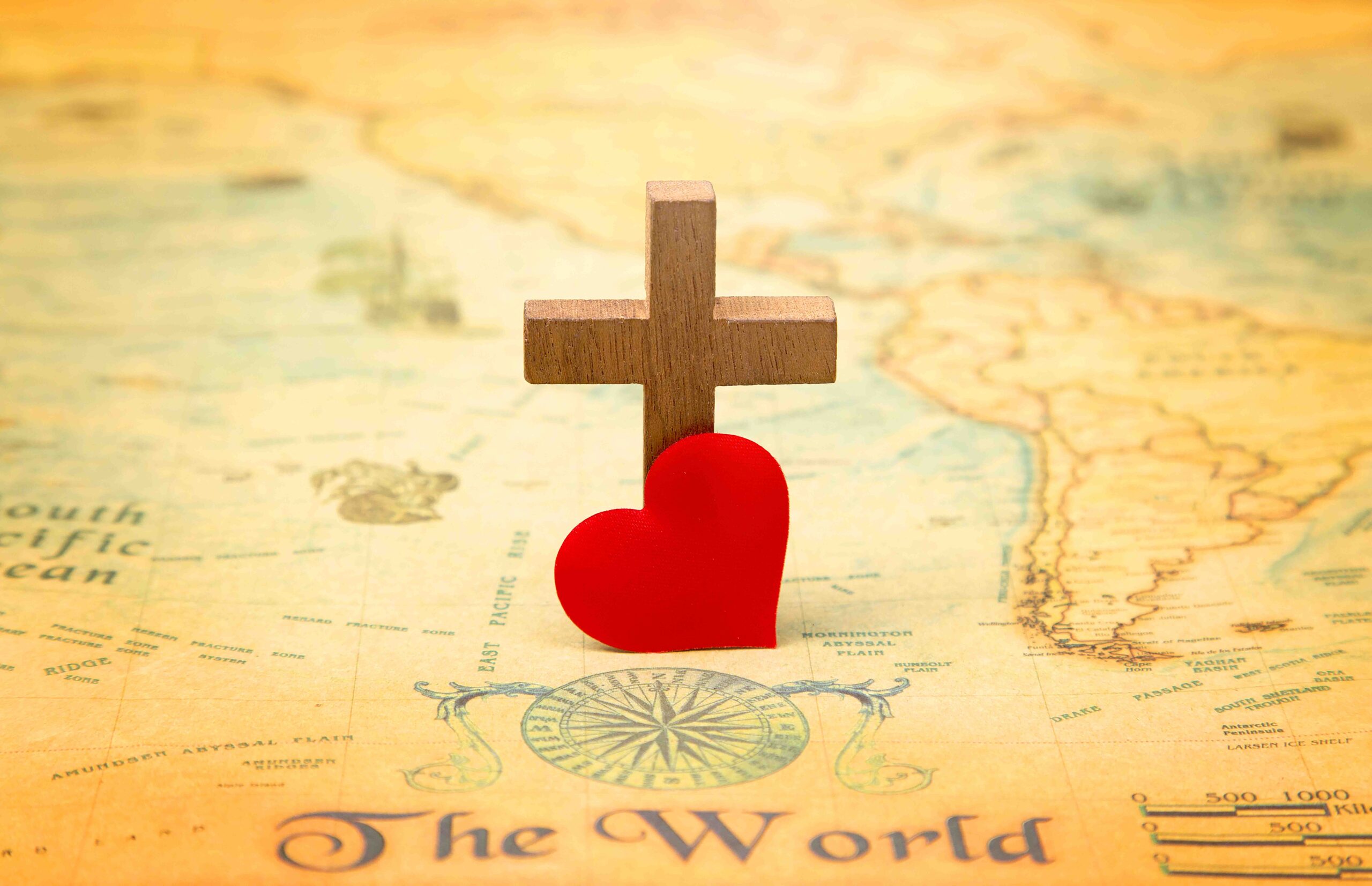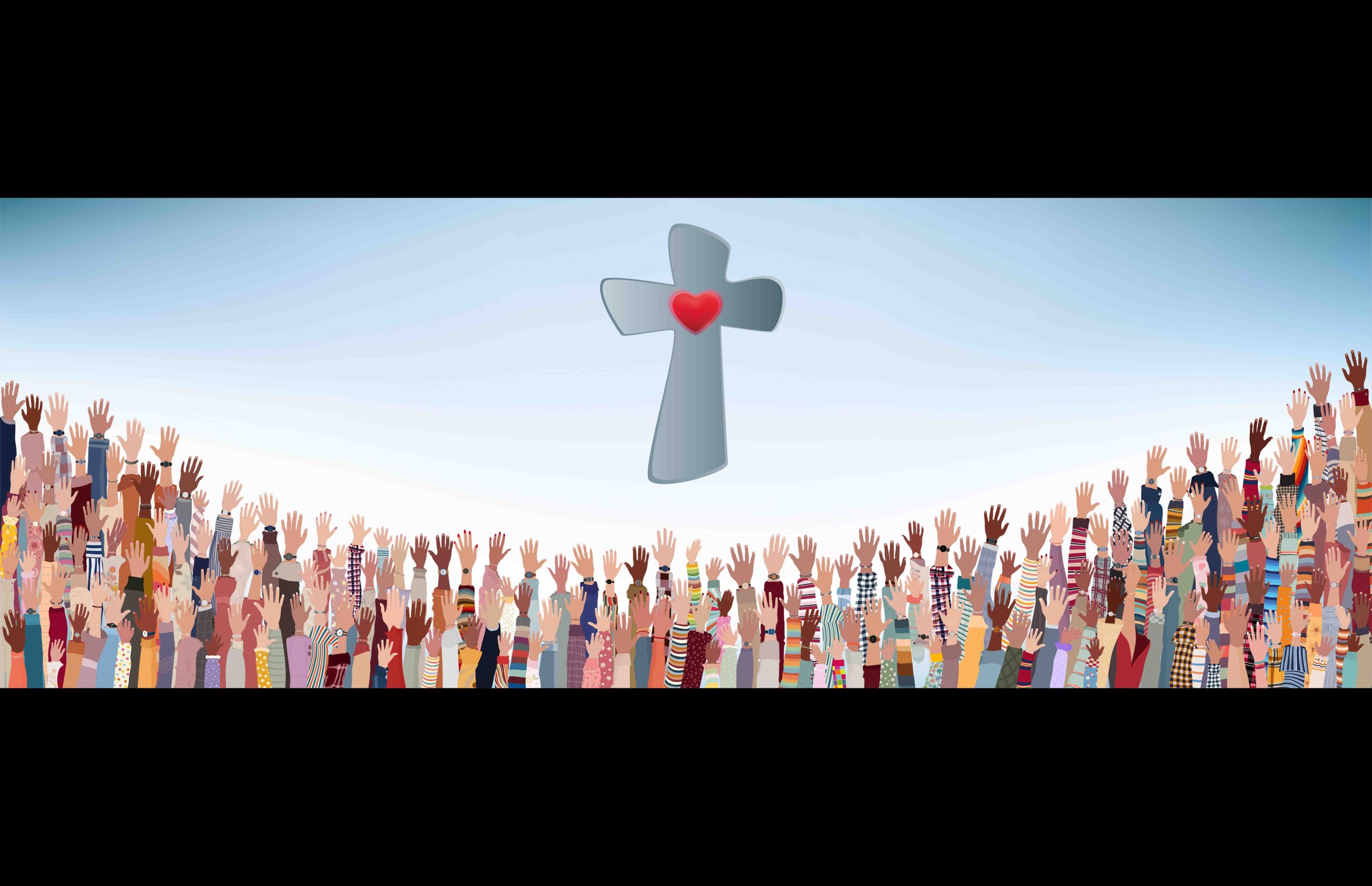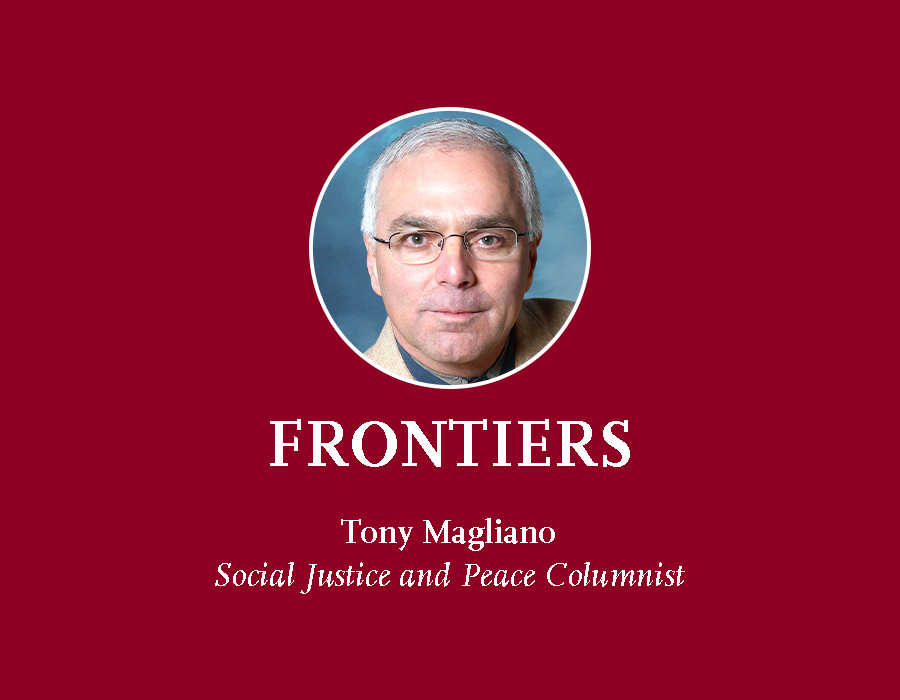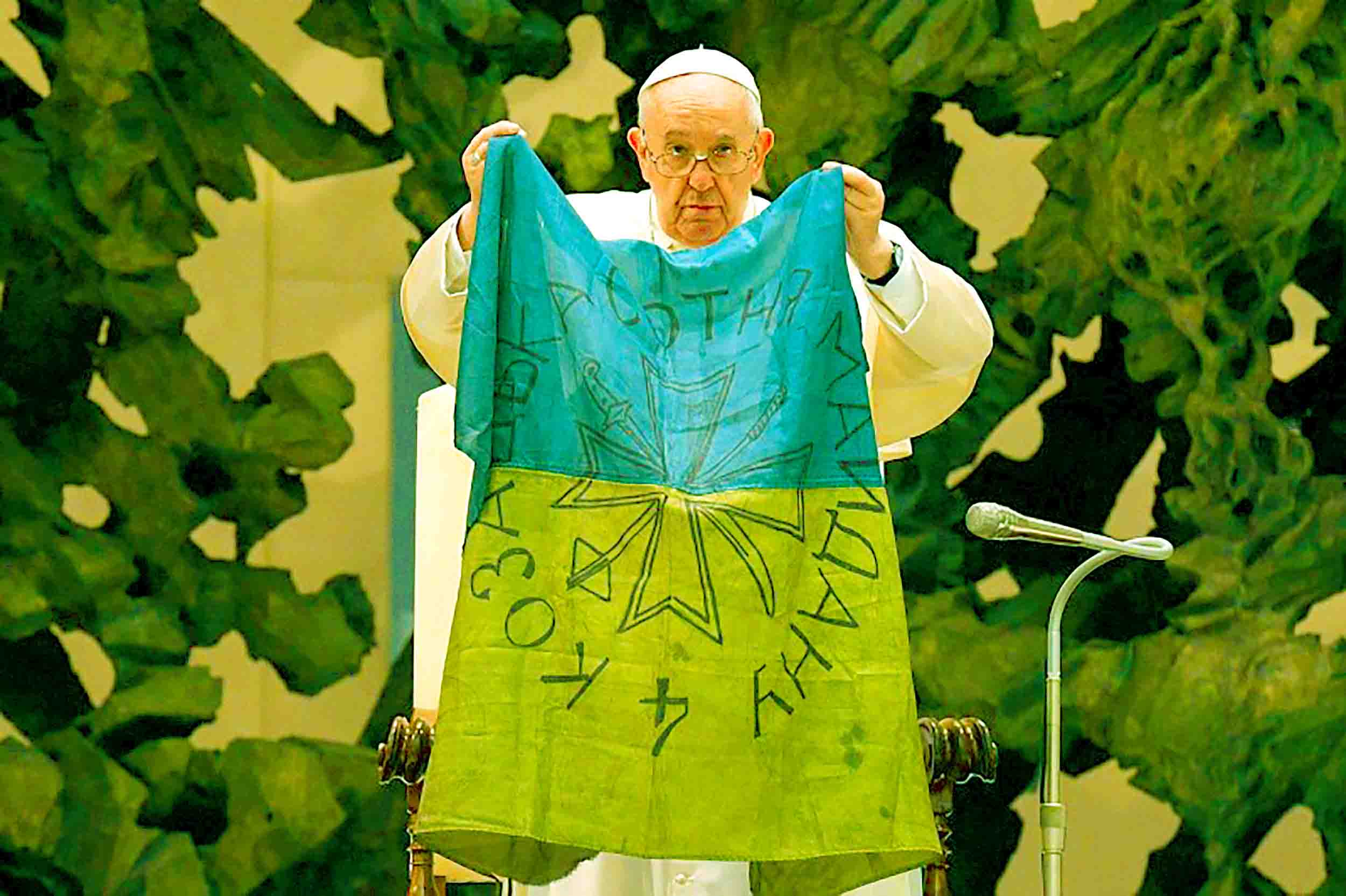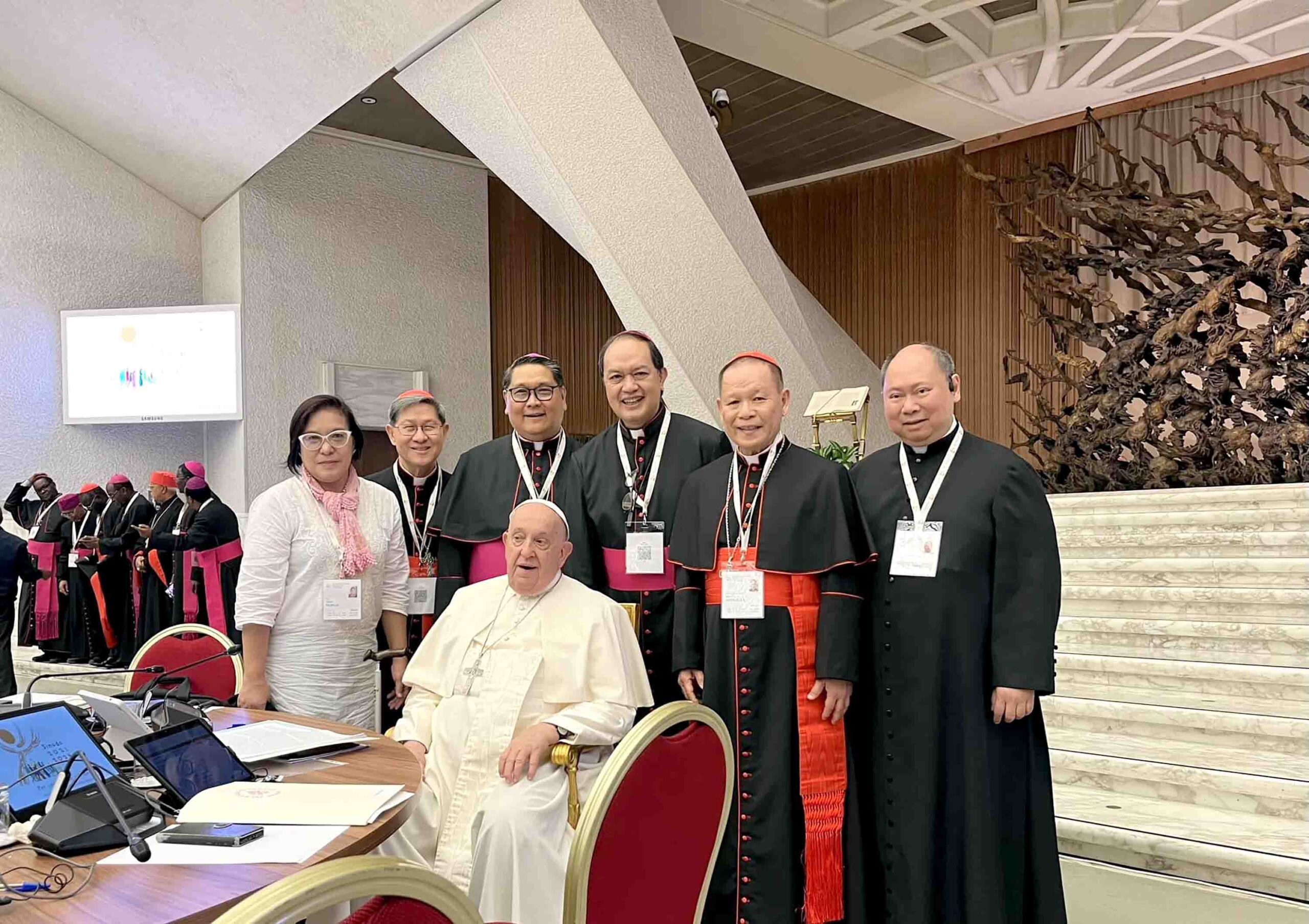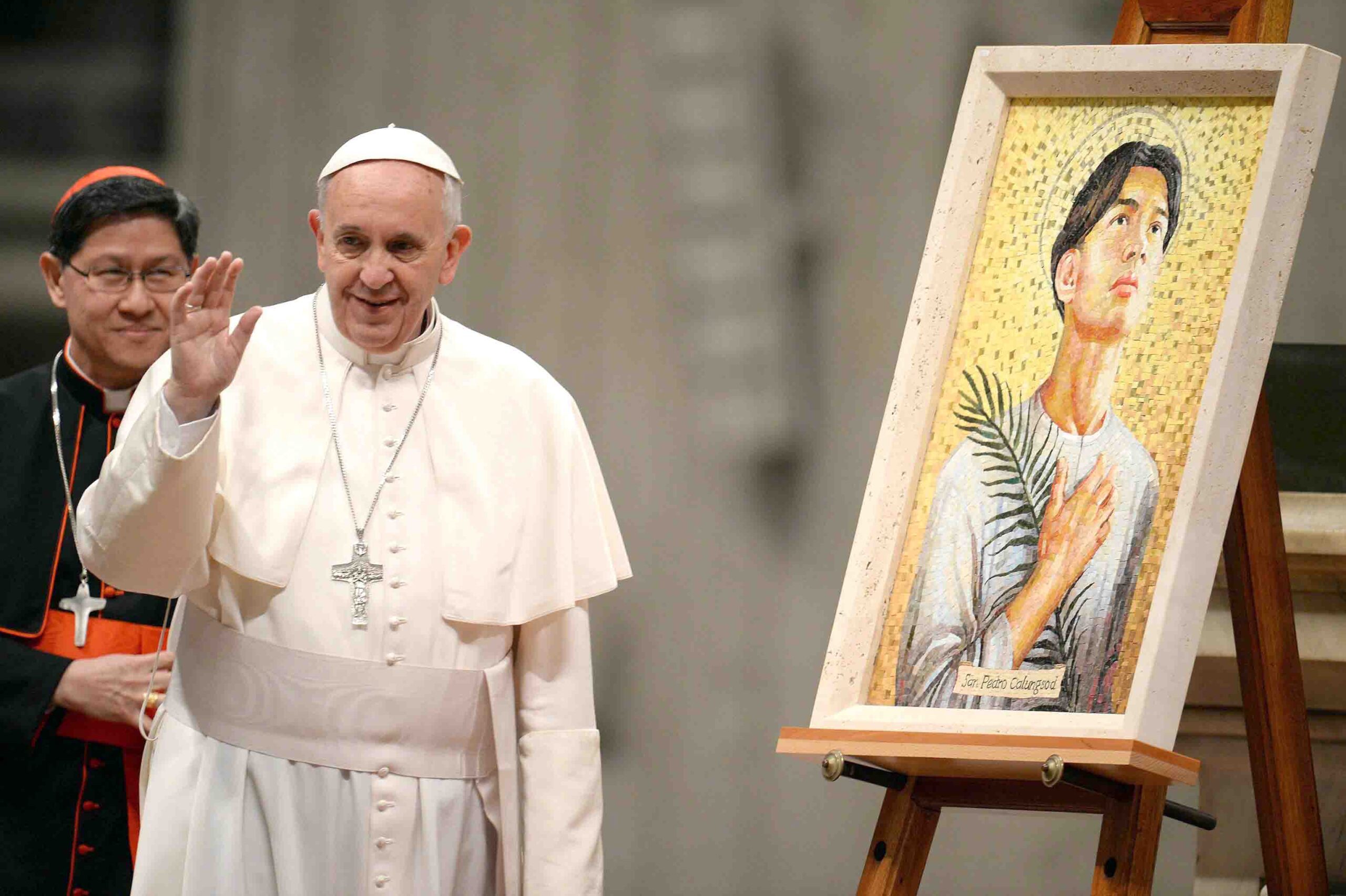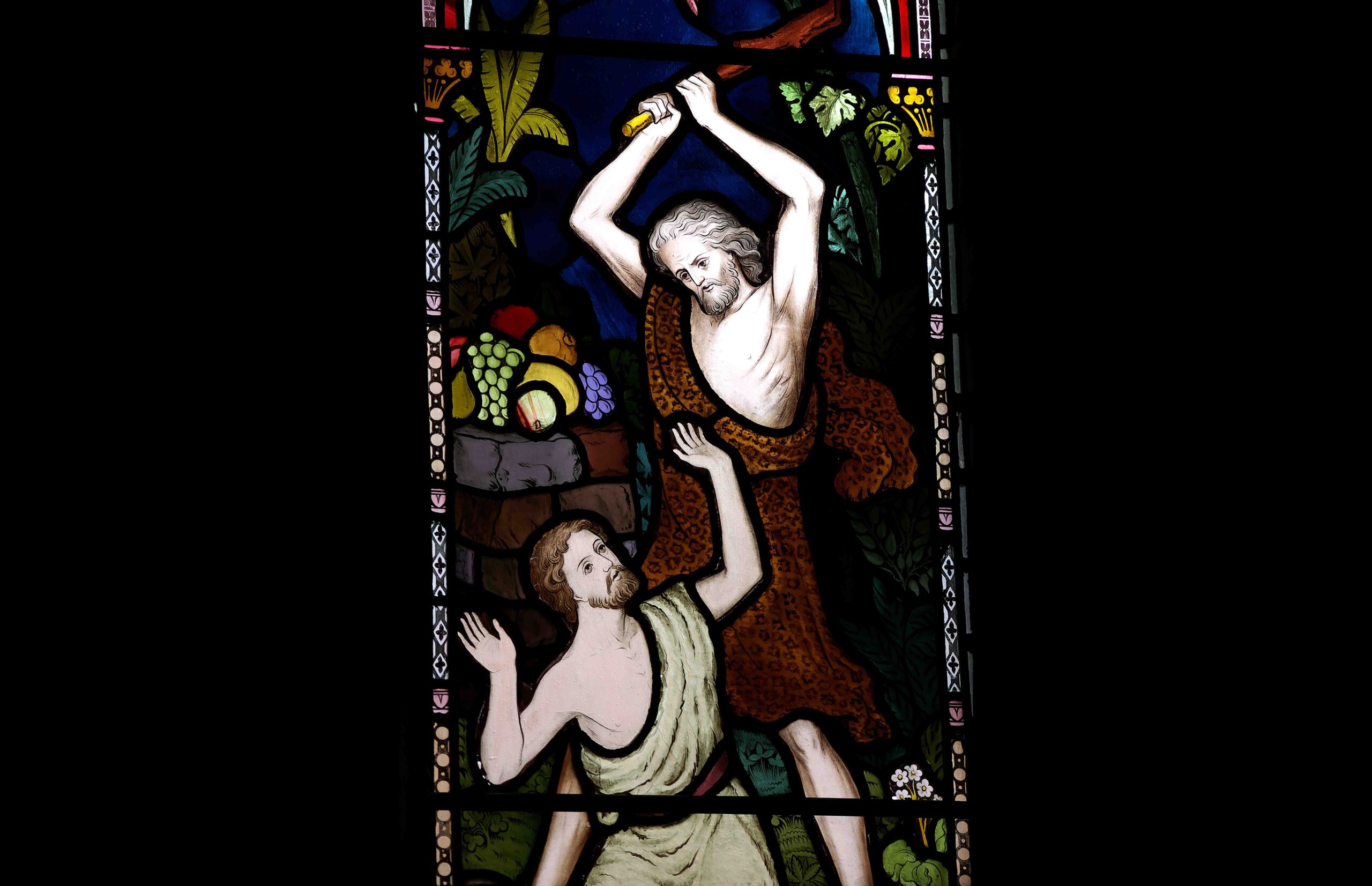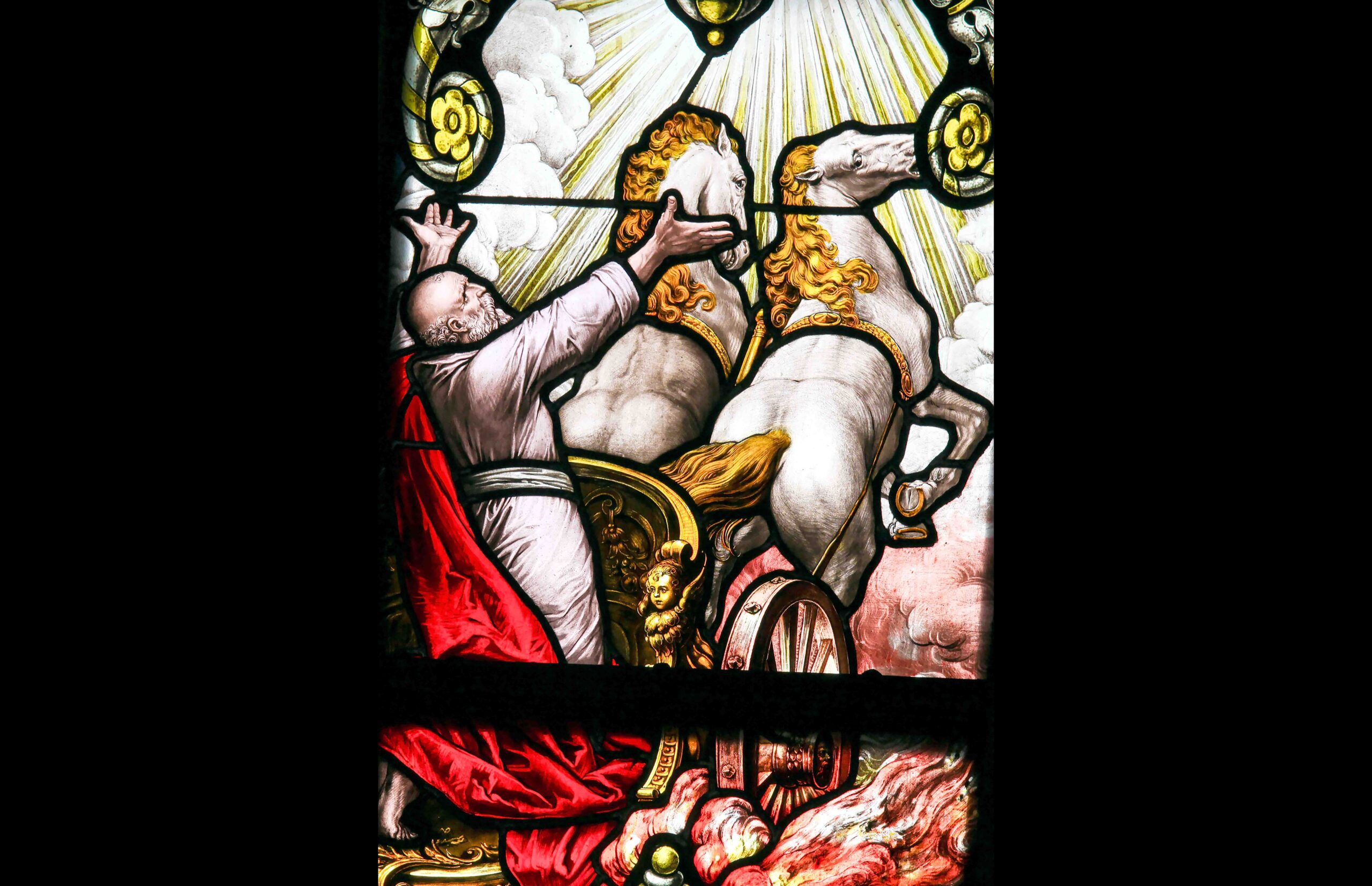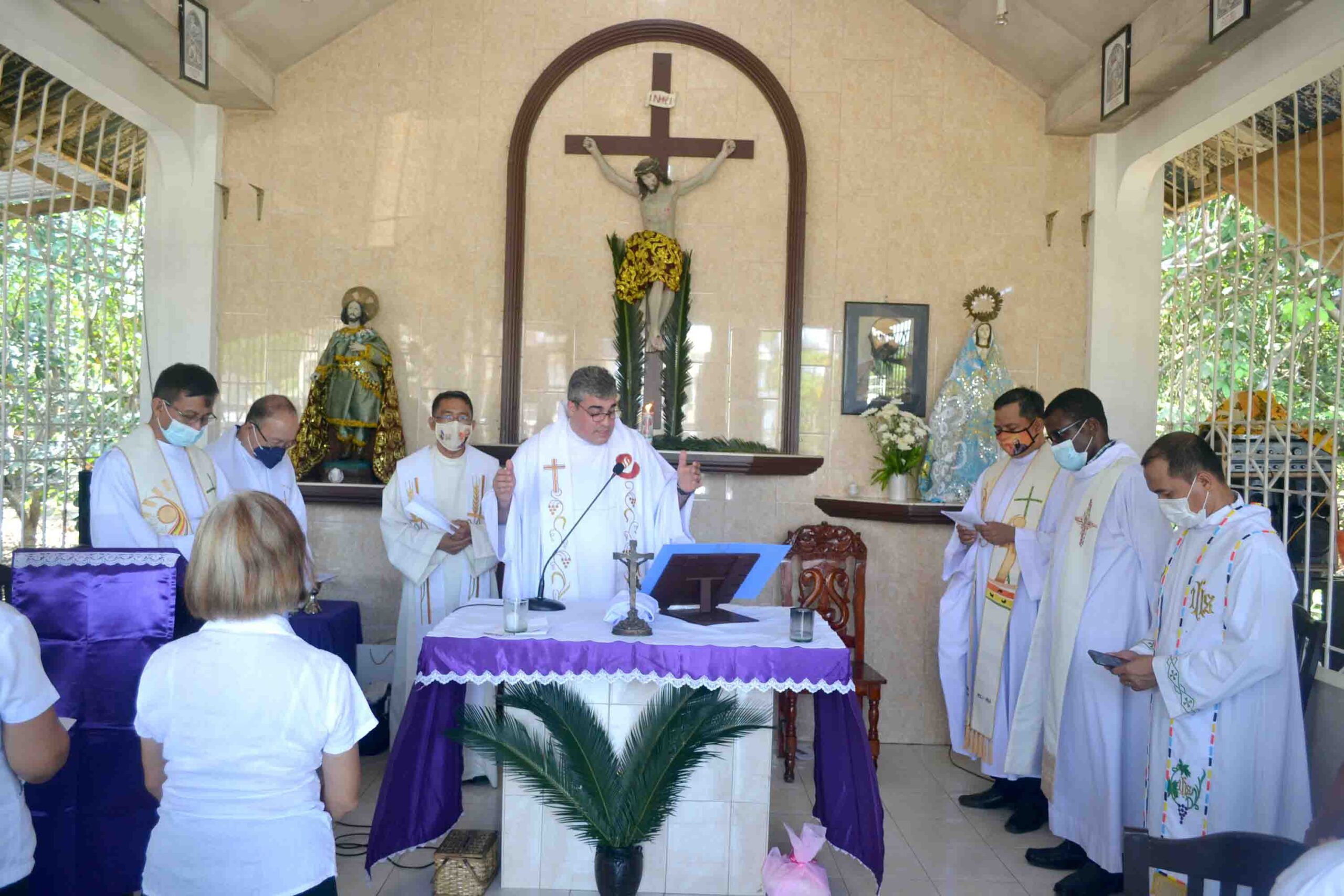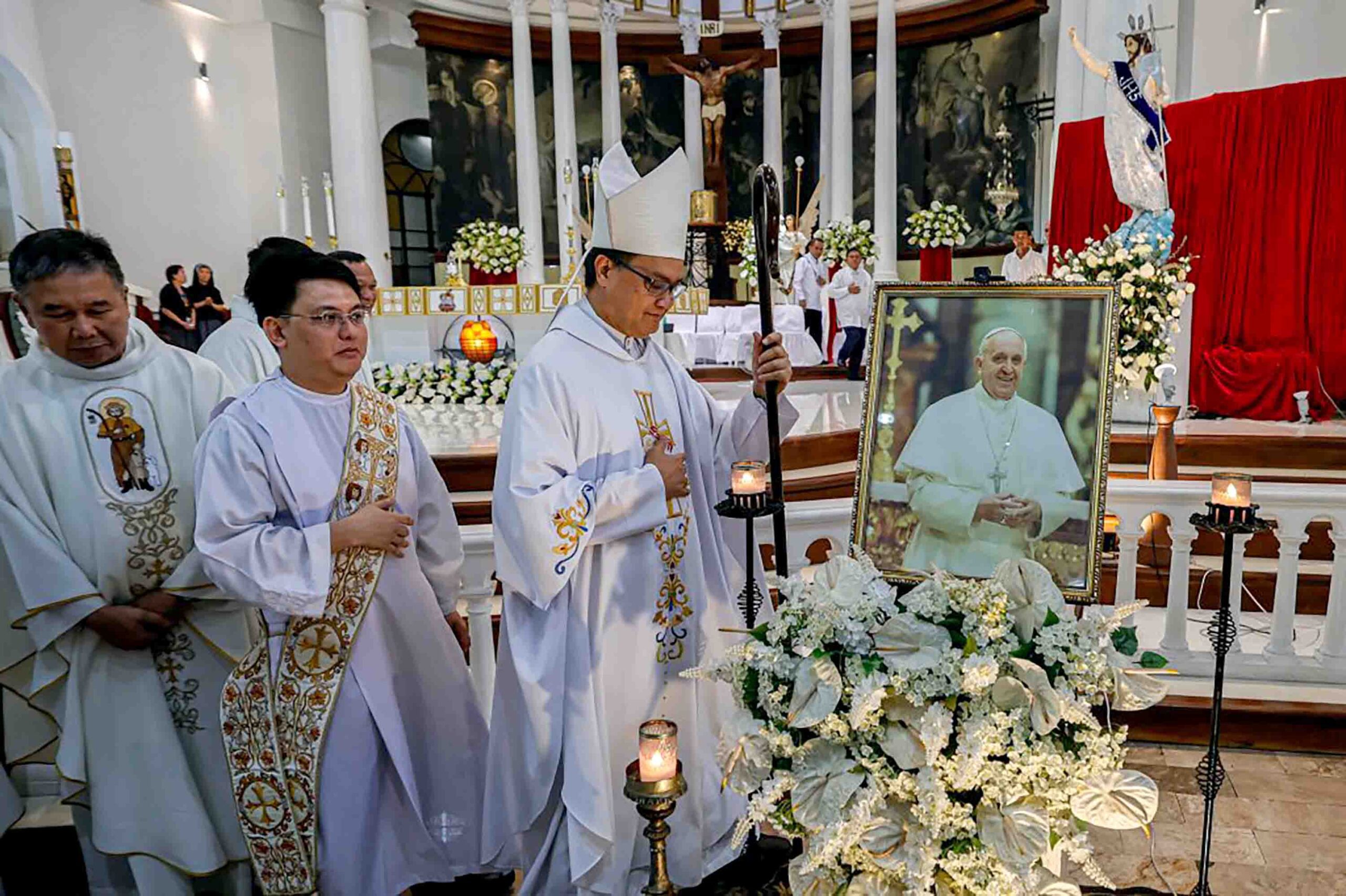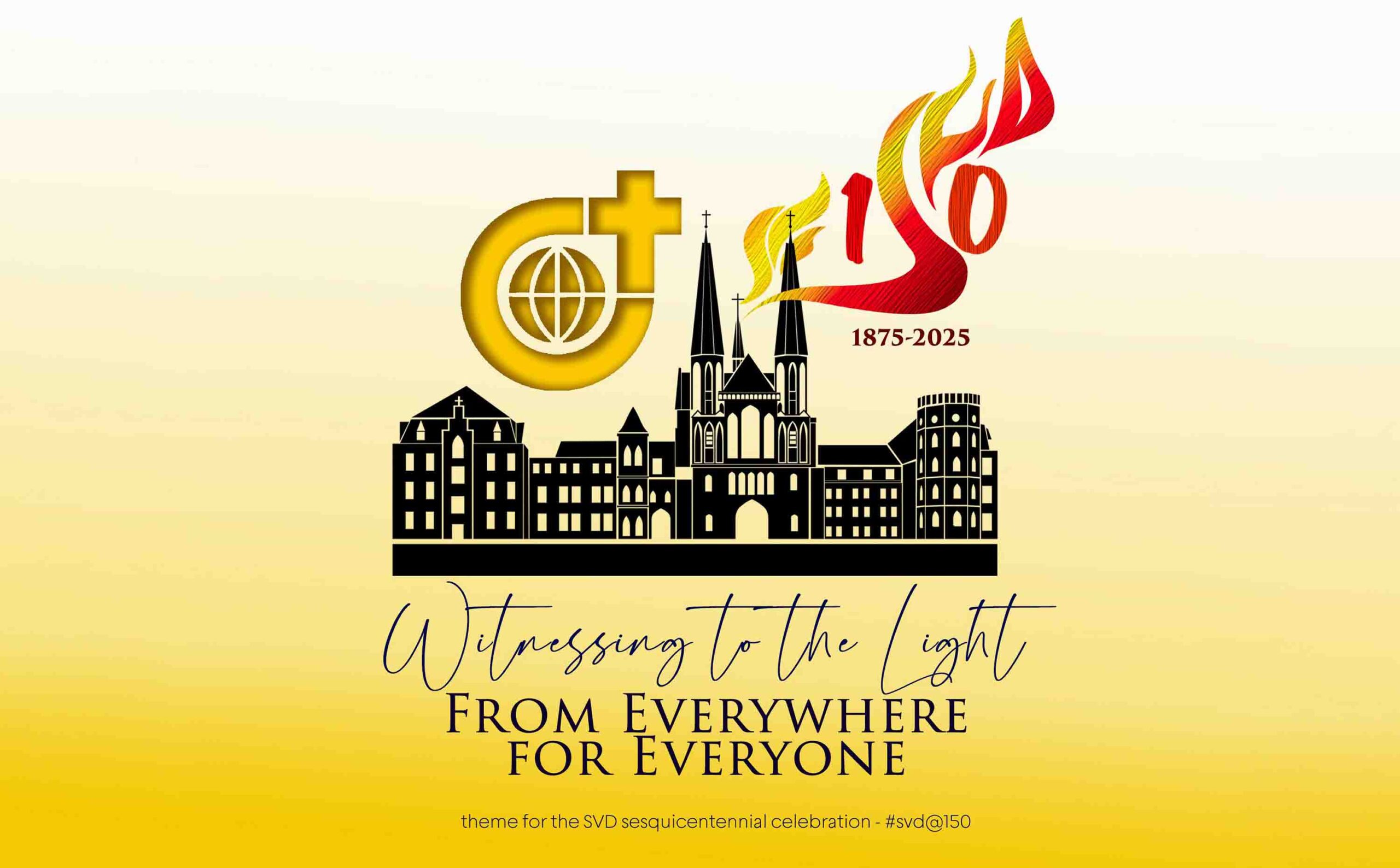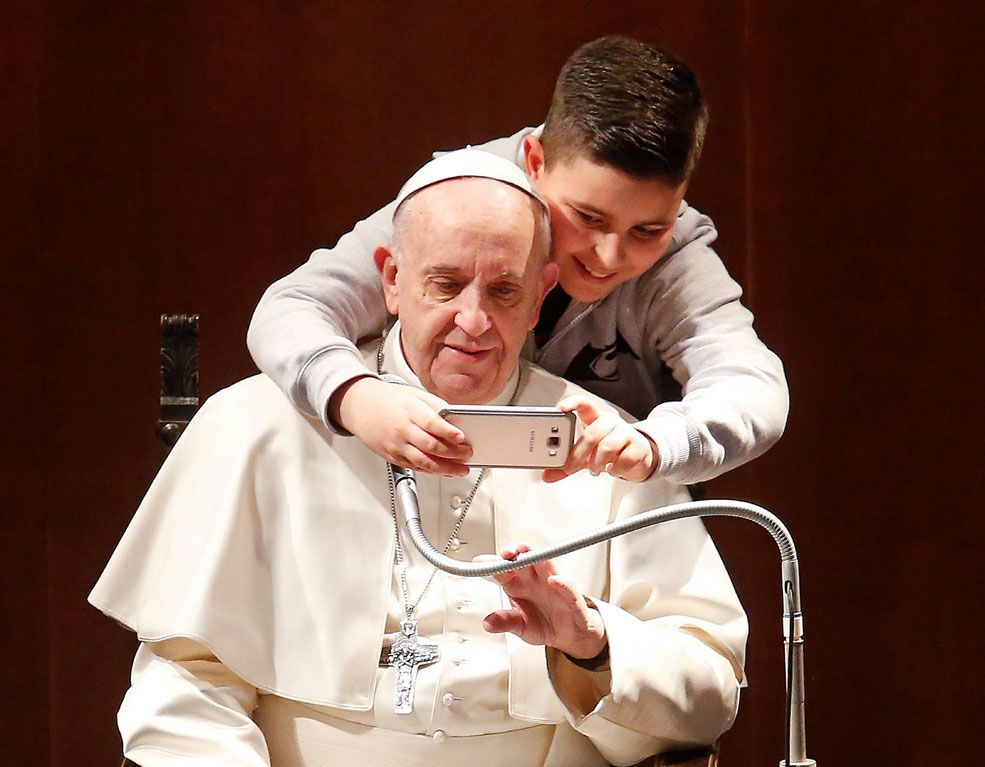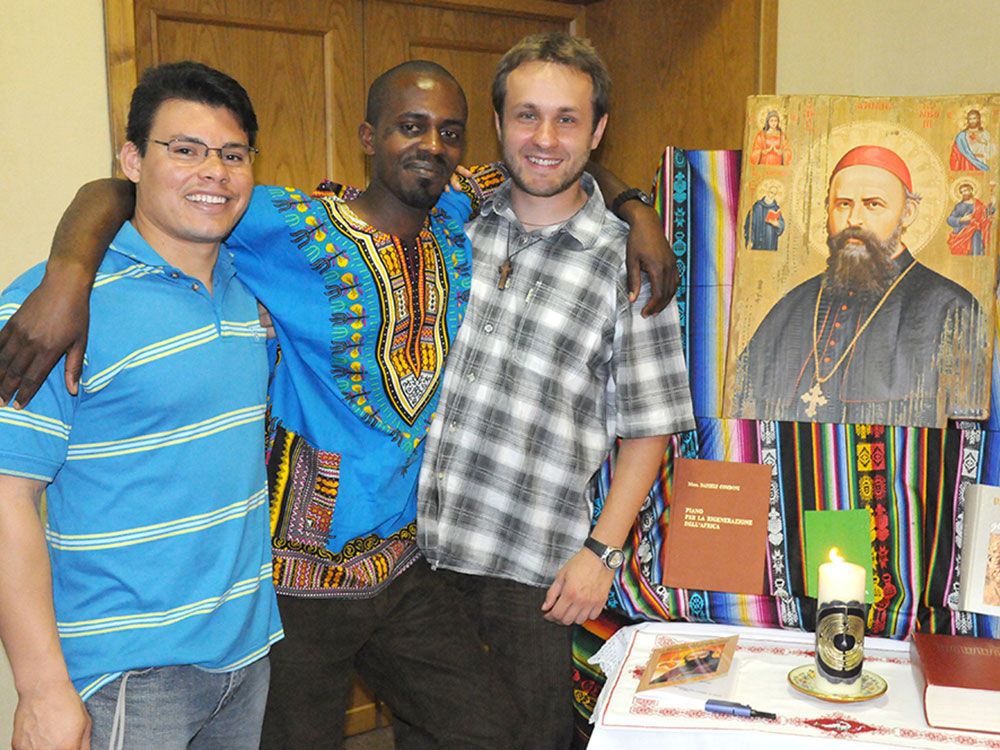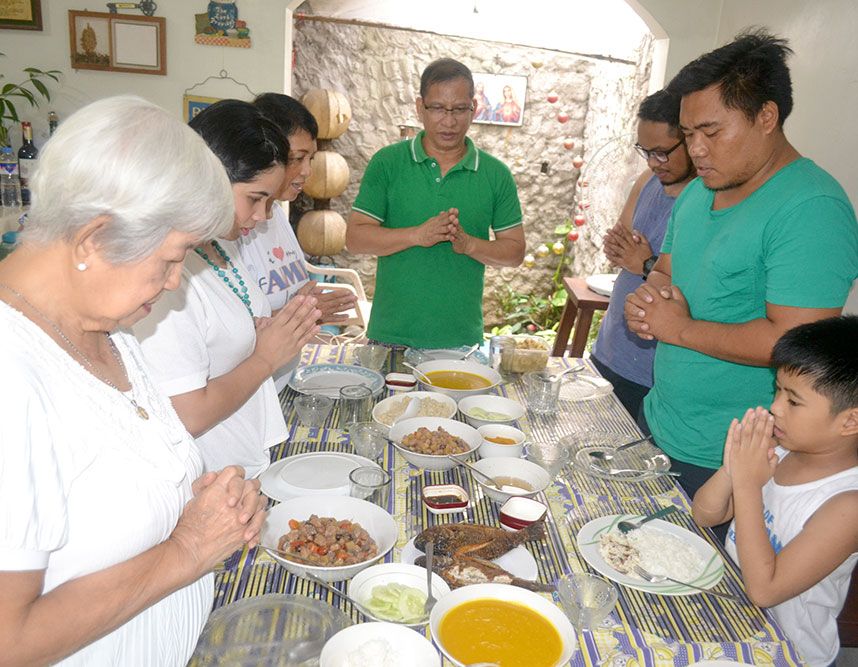Every culture uses symbols to describe realities that are immaterial or spiritual. How can we describe love, or hate, friendship or tiredness, simply with logical descriptions? This is why cultures use symbols to point to meaning understood by all because of shared experiences, and yet elusive of other semantic explanations.
Symbols, in turn, are cultural and are not always shared between cultures. For instance, in many Western societies, the rabbit is seen as a symbol of cowardice. Yet, among the Swahili of Eastern Africa, the rabbit–sungura–is considered intelligent, capable, and cunning. So a smart or crafty person may be called sungura mjanja, a cunning guy.
Transporting one symbol from one culture to another is not an easy task. We can see that in the case of the Bible. This is a religious text revered by all, and yet it comes from the Jewish tradition of centuries ago. In the Bible, we find many symbols that are not always well understood and perhaps are misunderstood by the people reading its texts today. It is worth the while to explore the meaning of one such symbol: the heart.
HEARTS OF FLESH
The heart is often mentioned in the Bible. In the Old Testament we find it 853 times. People knew that the heart was important for life; they understood that limbs moved because of the heart. Israelites knew about heart attacks (1Samuel, 15:37) and believed that if the heart stopped, the body would be paralyzed. The heartbeat was regarded as a sign of excitement (Psalm, 38:11). However, due to the little medical knowledge of the time, other heart diseases were not understood.
What is most important for us is not the physiological aspect of the organ but the meaning it carries for people. The heart was seen as the place where human perception was formed. So the heart is involved in realizing the truth (Exodus, 7:23), recognizing realities (Isaiah, 33:18; Jeremiah, 3:16), and remembering things (Psalm, 31:13). The heart was thus the center of intellectual activities: insight (Deuteronomy, 8:5), evaluating issues critically (Judges, 5:15f.), and deciding with balance (1Kings, 3:9). The wise person would have a good heart, and the heart was the source of sound speech (Proverbs, 16:23). In the end, it was in the heart that a person deliberated his decisions (Isaiah, 10:7).
The aspect of emotions was not lost to the Israelites. Thus feelings, moods and passions found a place in the heart as well. We see joy (Deuteronomy, 28:47) and grief (Psalm, 13:2), love and courage, but also fear (Genesis, 42:28). If a sage was in touch with his heart, and able to direct it wisely, then the heart would be able to discern good from evil (1Kings, 2:44), decide the best course of action (2Samuel, 7:21), and become capable of interacting with God.
The heart is important in relation to God. The upright and the pure of heart are two main characters in the Psalms. They can enter the temple and see God. Only those who engage their whole hearts can be regarded as good followers of the Law. One has to love God with the whole heart (Deuteronomy, 6:4). If circumcision is a sign of total dedication to God, then we should circumcise the heart (Jeremiah, 3:10). The prophet Ezekiel experienced the obstinacy of the people, who do not put their heart in God. So he proclaims that God will replace the human heart of stone with a “heart of flesh” (Ezekiel, 36:26).
Less noticed is the Bible’s attention to God’s heart! Like for the human being, God’s heart is the seat of his emotions, compassion (Hosea, 11:8), memory (1Kings, 9:3) and will (Jeremiah, 7:31). God is seen in anthropomorphic form, thus his heart corresponds to the human heart, yet is pure and well directed to do good.
A NEW PERSPECTIVE
The New Testament brings new insights to the idea of the heart. Since it was written in Greek, the concept of heart received a new vision. In his letter Dilexit Nos, Pope Francis notes “in classical Greek, the word kardía denotes the inmost part of human beings, animals and plants. For Homer, it indicates the center of the body, the human soul, and spirit. In Plato, the heart serves, as it were, to unite the rational and instinctive aspects of the person, since the impulses of both the higher faculties and the passions were thought to pass through the veins that converge in the heart” (n. 3).
Thus, the symbol of the heart in the New Testament still carries much of the meaning we discussed above, but new perspectives enrich it. We find the word heart in all the writings, with exception of Titus, Philemon, 2-3, John and Jude. Of the 157 occurrences, Luke is the one who uses the word more often: 22 times in the gospel and 21 in Acts.
A new concept is seen when speaking of the heart as a place of secrecy. It offers the possibility for a person to speak “in his heart” (Matthew, 24:48), or to carry “in his heart” his experiences (Acts 5:4). Alongside the more anthropological meaning, the theological statement prevails. Heart is then the “place” of the person in which the encounter with God takes place in a positive or negative sense, in which religious life has its solid foundation and by which the moral conduct of the person is determined.
In his letters, Paul remains predominantly in the traditional use of the symbol of the heart. He often uses the heart in the context of self-defense against false statements regarding his person. In 1 Thessalonians, 2:4 it is God, “who searches our hearts”, who guarantees that Paul’s activity is legitimate and that he is wrongly contested by his opponents.
Since every change must begin in the heart (1Corinthians, 4:5), the “circumcision of the heart” is required (Romans, 2:29). God makes his light shine in the heart (2 Corinthians, 4:6), he pours into the heart his love (Romans, 5:5) and his Spirit (2 Corinthians, 1:22; Galatians, 4:6).
In his preaching of the kingdom of God, Jesus addresses the heart: the word of God is sown into the heart: Matthew, 13:19. The decision for or against faith takes place in the heart: Matthew, 13:15b; in the heart obstinacy towards God is manifested: Mark, 3:5. When a man’s actions no longer come from his heart and therefore thought, word and action are in contrast with each other, the person becomes a hypocrite: Mark, 7:1-2.
Jesus, instead, demands the unity of heart, word, and action: Matthew, 12, 34. To the question which is the greatest commandment, Jesus answers by referring to Deuteronomy, 6:4. All the evangelists agree in saying that one must love God “with all one’s heart”.
POPE FRANCIS
Pope Francis was well aware that the symbol of the heart is today far wider in meaning than in biblical times. The rediscovery of the heart of Jesus in the XVIII century is of particular importance. Pope Francis said that “Devotion to the Sacred Heart, as it developed in Europe two centuries ago, under the impulse of the mystical experiences of Saint Margaret Mary Alacoque, was a response to Jansenist rigor, which ended up disregarding God’s infinite mercy… The men and women of the third millennium need the heart of Christ to know God and themselves; they need it to build the civilization of love” (n. 80).
Underlining God’s love for us became necessary for the missionary movement of the XIX century. Many religious institutes and lay associations took inspiration from the Heart of Jesus to promote service to the poor and commitment to evangelization. Among them was Saint Daniel Comboni, who transformed his devotion to the Heart of Jesus into commitment for the peoples of Africa. He understood that in both preaching the Gospel and working tirelessly for the good of the people. Comboni was convinced that missionaries had to support the growth of a local community competent in knowledge and technology, to support their development. His motto was ‘save Africa with Africa’. Comboni meant that African peoples deserved to be prepared and given the instruments for their development and growth. It was his way to make God’s love for people visible and life giving for the African continent. In other words, to make them feel the experience of being loved by the heart of God.




